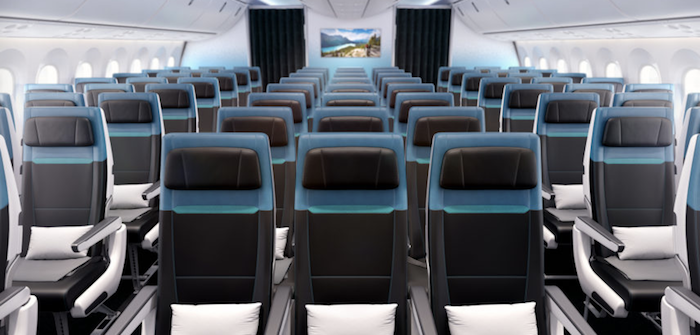Aircraft Cabin Safety Testing Evolves Beyond Fire and Smoke Standards

Modern aircraft cabins are built from an intricate mix of materials — from adhesives and composites to textiles, metals, coatings and electronic components — all of which must undergo rigorous testing to meet strict global aviation safety regulations. As private and VIP jet interiors grow more elaborate, incorporating exotic finishes and bespoke design elements, the scope of required testing continues to expand.
Fire, Smoke and Toxicity: The Core of Cabin Certification
Federal Aviation Regulation 25.853 is one of the industry’s primary standards governing flammability requirements for cabin materials. Companies like Gen Phoenix, which supplies engineered leather for airliner seat covers, subject their products to extensive testing for flammability, smoke density, heat release and toxicity.
Gen Phoenix uses wet blue leather trimmings — typically destined for landfill — and reprocesses them into “engineered leather,” offering consistent performance across batches. Because it can be tailored at the fiber and composite level, the material meets fire safety requirements more reliably than natural hides.
Paints, Coatings and Composite Surfaces
Coatings used throughout the cabin — including paint and textured finishes — must also meet stringent fire standards. Sherwin-Williams Aerospace tests its coatings against both federal regulations and OEM-specific requirements. Components refurbished later in the aircraft’s life must use the same certified coatings or undergo retesting.
Luxury cabin specialists such as Austria’s F/LIST work with high-end materials including stone and wood veneers, alongside innovative biomaterials designed for sustainability. Their products endure tests for abrasion, strength, scratch resistance, heat, humidity, UV exposure and chemical resistance. Testing programs often exceed 100 pages, with in-house facilities ensuring rapid validation.
Durability, Stain Resistance and Daily Wear
Aircraft seat covers must withstand years of heavy use, repeated cleaning and constant passenger movement. Gen Phoenix subjects its materials to Martindale abrasion, flex resistance, UV stability and colorfastness tests. Stain testing includes exposure to common contaminants like coffee, ink, wine, sunscreen and even mustard.
F/LIST also evaluates textile durability and colorfastness to ensure colors do not transfer to clothing or skin. Sherwin-Williams validates its cabin coatings against staining and cleaning damage, supported by decades of performance data from high-traffic areas.
Sustainable and Circular Cabin Materials
Innovation is shaping the next generation of cabin interiors. Gen Phoenix is developing a fully circular production process that recycles used leather — from seat covers, footwear, accessories or its own products — into new engineered leather. New feedstock streams undergo comprehensive requalification, confirming durability, fire resistance and chemical integrity.
F/LIST’s biomaterial range incorporates waste products and novel finishes, including mother-of-pearl fragments and recycled marble. Their advanced “Shapeshifter” cabin monuments rely on custom actuation systems, requiring new testing equipment and software for validation.
VIP Cabin Complexity and Certification Challenges
Business jet and VIP cabins often require additional testing due to the use of exotic finishes and complex material combinations. Camber Aviation Management, which supervises ACJ and BBJ cabin completions, ensures that all materials — especially those sourced from luxury suppliers — undergo required burn tests and meet flammability, smoke and toxicity standards.
Aircraft designed for 20 or more passengers face more stringent requirements than smaller business jets, increasing the testing burden for completion centers. Traceability is crucial: no material may be installed without documented proof of compliance.
A Future Focused on Safety, Sustainability and Precision
As cabin materials evolve, the aviation industry continues to push for safer, more durable and more sustainable solutions. From advanced engineered leather to new biomaterials and coatings, manufacturers must navigate complex certification processes while meeting customer expectations for luxury and innovation.
The result is a cabin interior landscape shaped by precision testing, regulatory compliance and continuous technological advancement — ensuring that every component, visible or hidden, contributes to a safer passenger experience.
Related News: https://airguide.info/category/air-travel-business/travel-health-security/
Sources: AirGuide Business airguide.info, bing.com, aerospacetestinginternational.com
